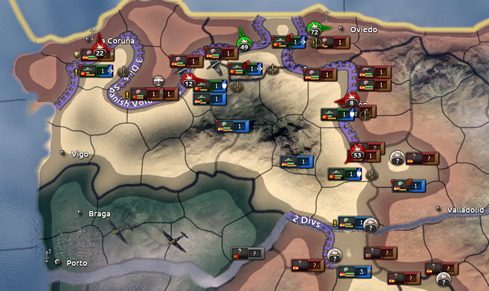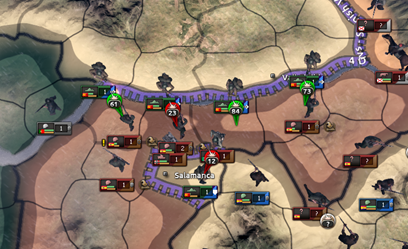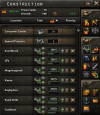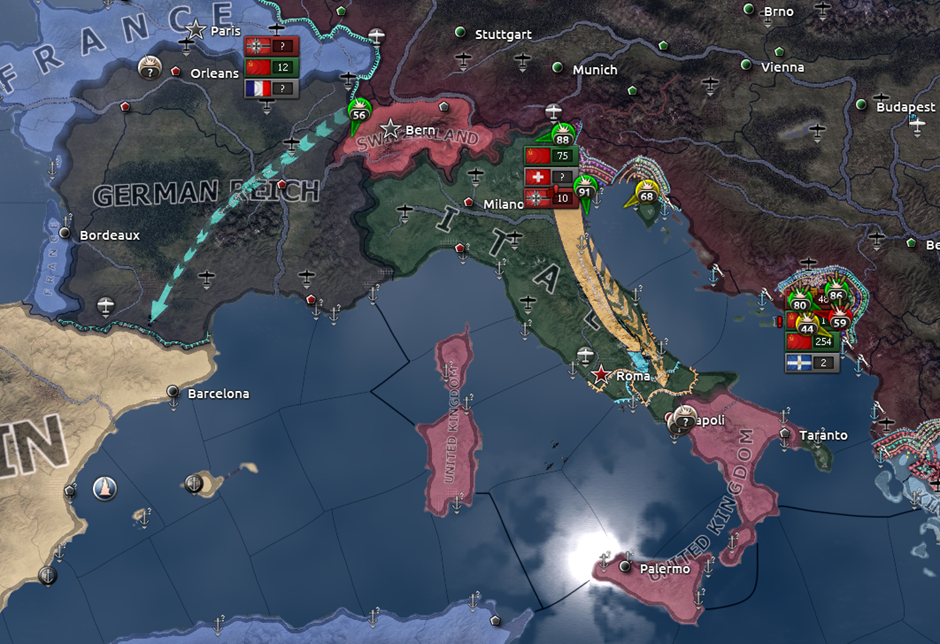About 2 years ago, I posted my first AAR, a historical USSR AAR, spoilers for that AAR, it didn’t go well. I did get better at that patch, but I didn’t start another AAR because it would have been mostly the same thing.
However, a few things recently happened which make me want to try again.
1: The continuation war has been added. I am really excited to try to hold Leningrad in the face of Finish (and German) counterattack in the north.
2: Consumer goods factories were reworked, and modifiers are no longer as overpowered.
3: a few people read my AAR and replied that they would be interested in seeing how another attempt would go and so would I.
This is happening over the busy Christmas period, so I might not have time to publish my AAR daily. But I will try.
Goals are:
1: Have Spain stay neutral.
2: Survive Operation Barbarossa
3: Capture Berlin before 1946
4: Complete an AAR section after each year. For (hopefully) a total of 10 sections.
Rules are much the same as last time.
1: No manual justifications
2: No building Forts manually
3: No building troops before war with Germany (changing templates is fine)
4: Mass assault is mandatory
5: Expansion focuses must complete in the year that they historically were completed (Finland 1939, Baltics 1940, Romania 1940, Iran 1941). No other expansion focuses are allowed
6: No volunteers to the allies or Ethiopia
7: I will be playing without AAT because I don’t own it yet (Finland’s historical focus tree is in the base game, thanks Paradox) and BBA because I find the air designer is clunky and disadvantages the AI while removes a lot of use for air experience.
8: We will be playing with Historical focuses, sadly Paradox has gotten more lax over time about making sure countries make historical choices on events with this on, so we will still see our fair share of ahistorical events.
9: Germany will have a slight buff (mainly to help them deal with the allies)

However, a few things recently happened which make me want to try again.
1: The continuation war has been added. I am really excited to try to hold Leningrad in the face of Finish (and German) counterattack in the north.
2: Consumer goods factories were reworked, and modifiers are no longer as overpowered.
3: a few people read my AAR and replied that they would be interested in seeing how another attempt would go and so would I.
This is happening over the busy Christmas period, so I might not have time to publish my AAR daily. But I will try.
Goals are:
1: Have Spain stay neutral.
2: Survive Operation Barbarossa
3: Capture Berlin before 1946
4: Complete an AAR section after each year. For (hopefully) a total of 10 sections.
Rules are much the same as last time.
1: No manual justifications
2: No building Forts manually
3: No building troops before war with Germany (changing templates is fine)
4: Mass assault is mandatory
5: Expansion focuses must complete in the year that they historically were completed (Finland 1939, Baltics 1940, Romania 1940, Iran 1941). No other expansion focuses are allowed
6: No volunteers to the allies or Ethiopia
7: I will be playing without AAT because I don’t own it yet (Finland’s historical focus tree is in the base game, thanks Paradox) and BBA because I find the air designer is clunky and disadvantages the AI while removes a lot of use for air experience.
8: We will be playing with Historical focuses, sadly Paradox has gotten more lax over time about making sure countries make historical choices on events with this on, so we will still see our fair share of ahistorical events.
9: Germany will have a slight buff (mainly to help them deal with the allies)

Last edited:
- 1









































































































































































